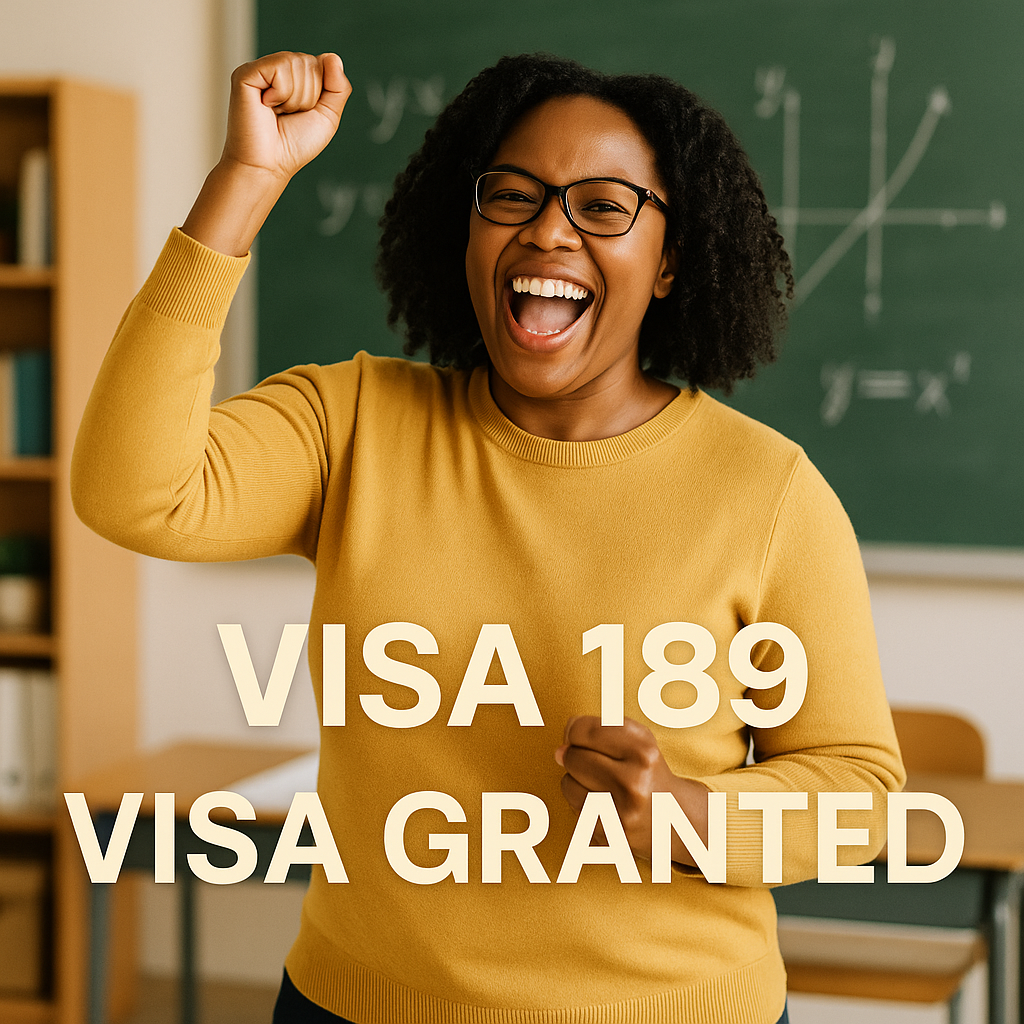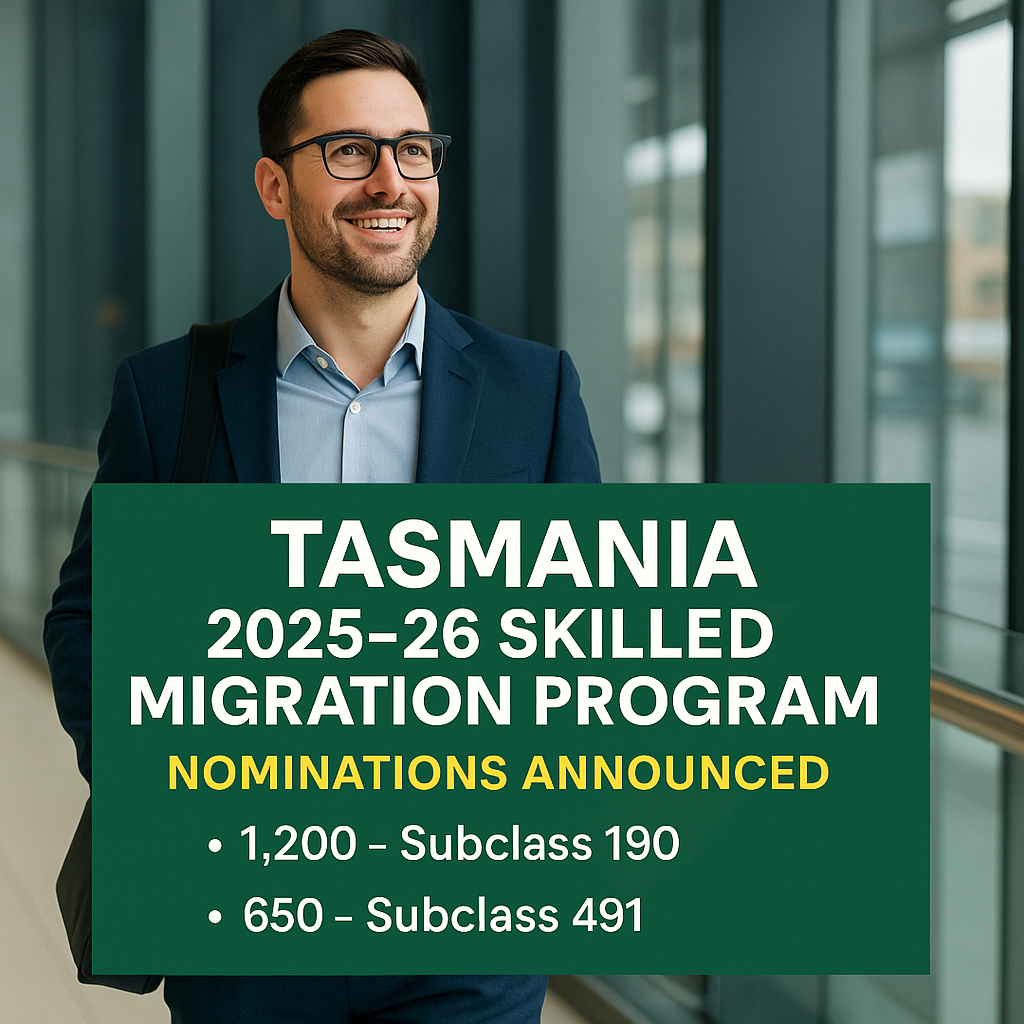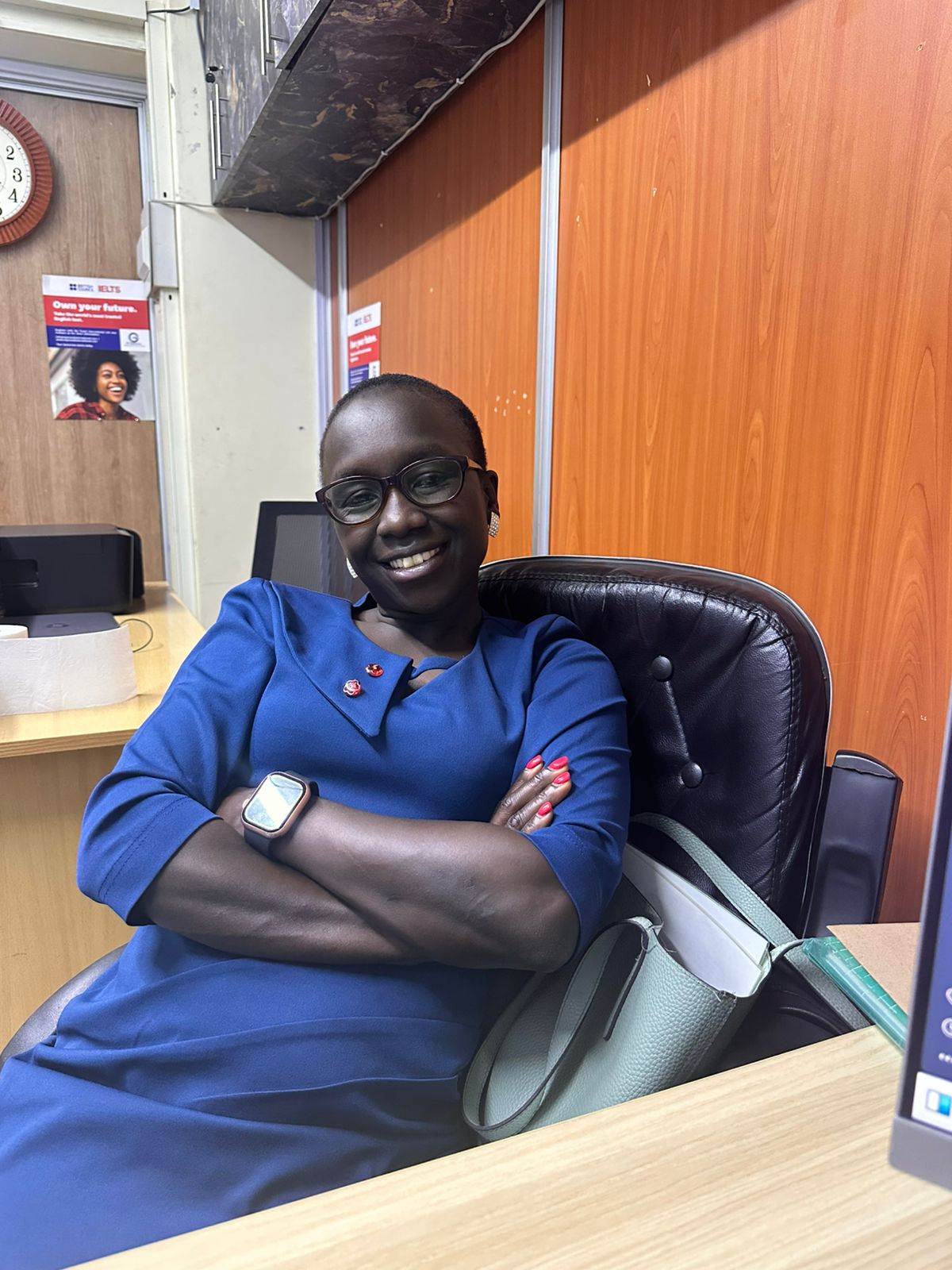1. What is the Teachers Skilled Visa?
It’s not a single visa, but a pathway under Australia’s Skilled Migration Program. Teachers can apply for:
-
Subclass 189 – Skilled Independent Visa (permanent residency, no sponsorship).
-
Subclass 190 – Skilled Nominated Visa (permanent residency, state/territory sponsorship).
-
Subclass 491 – Skilled Work Regional Visa (temporary residency leading to PR, regional sponsorship).
2. Do I need a skills assessment to apply?
Yes. Teachers applying for skilled visas must undergo a skills assessment by the Australian Institute for Teaching and School Leadership (AITSL).
3. Who conducts the skills assessment?
The AITSL is the official authority for teachers. They evaluate qualifications, teaching practice, and English proficiency.
4. What are the English language requirements?
Teachers must show English proficiency, usually through IELTS Academic:
-
Speaking & Listening: 8.0
-
Reading & Writing: 7.0
5. Can I apply without teaching experience?
Yes. Teaching experience is not always mandatory but strongly increases your visa points and employability.
6. Do all states in Australia need teachers?
Yes, but demand varies. Rural and regional schools often have the highest need, especially for secondary subjects like Maths, Science, and English.
7. What’s the difference between Skilled Visa and Sponsored Visa?
-
Skilled Visa (189/190/491): Requires points test and skills assessment.
-
Employer-Sponsored Visa (482/186): Employer sponsors you directly. In many cases, no skills assessment is required.
8. How long does the process take?
-
AITSL assessment: 4–8 weeks.
-
Visa processing: 2–6 months (varies by case).
9. Can my family come with me?
Yes. Skilled visas allow you to include your spouse/partner and dependent children, who will also have work and study rights.
10. Is this a pathway to Australian citizenship?
Yes. Skilled visas (189/190) grant permanent residency, and after fulfilling residency requirements, you can apply for citizenship.
11. How many points do I need?
You need at least 65 points, but higher scores (75–85) increase your chances of receiving an invitation.
12. What is supervised teaching practice?
AITSL requires at least 45 days of supervised school-based teaching practice as part of your teacher training program.
13. Can childcare or vocational teaching count?
No. Only school-based supervised practice is accepted.
14. Which teaching roles are eligible?
Eligible roles include:
-
Early Childhood (Pre-primary) Teacher
-
Primary School Teacher
-
Secondary School Teacher (specialized subjects)
-
Special Education Teacher
15. Can I apply while still studying?
No. You must complete your teaching qualification before applying for a skills assessment or visa.
16. Do I need teacher registration before applying?
Not before the visa. But once in Australia, you must register with the state/territory teaching authority (e.g., VIT in Victoria, NESA in NSW) before working.
17. How much does the skills assessment cost?
AITSL charges about AUD $1154 (subject to change). Additional costs include English tests, visa fees, and medical checks.
18. Is there an age limit?
Yes. You must generally be under 45 years old at the time of receiving your visa invitation.
19. Can I start teaching on a temporary visa?
Yes. Many teachers begin with a Subclass 482 Temporary Skill Shortage Visa and later transition to permanent residency.
20. Do sponsored teachers get the same benefits as skilled migrants?
Initially, sponsored teachers may have limited benefits. However, once they move to permanent residency (e.g., through the Subclass 186 Employer Nomination Scheme), they gain full access to healthcare, social benefits, and citizenship pathways.
Final Thoughts
Australia offers fantastic opportunities for qualified teachers. While the Skilled Visa pathway requires a skills assessment, the Employer-Sponsored Visa provides a faster option for those with a job offer. Both lead to rewarding careers, permanent residency, and even citizenship.
If you’re a teacher dreaming of working in Australia, now is the time to start planning your visa journey.



